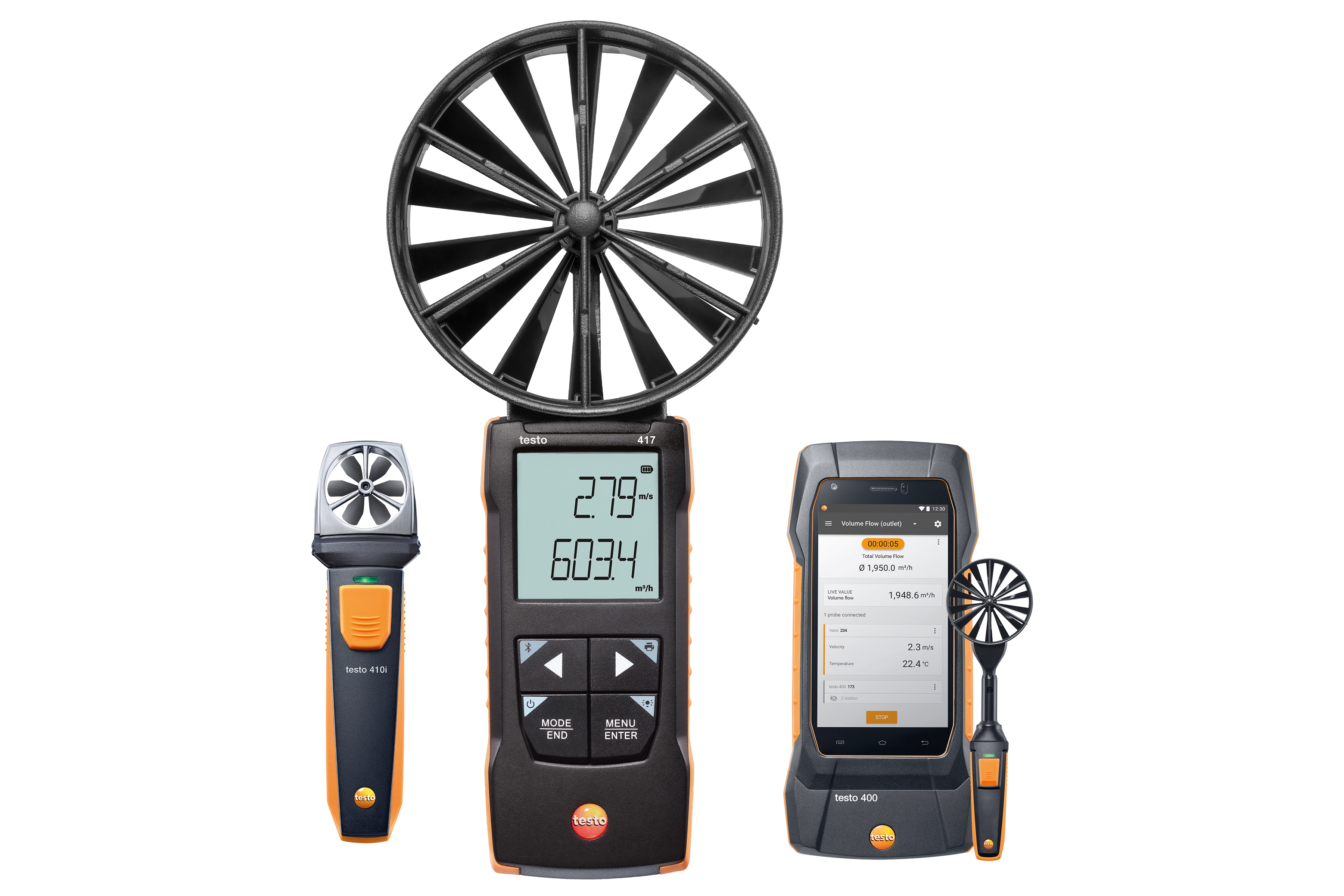Anemometer Innovations: The Most Up To Date Technology for Wind Speed Measurement
Anemometer Innovations: The Most Up To Date Technology for Wind Speed Measurement
Blog Article
Anemometers Introduced: Comprehending Their Significance in Environmental Monitoring and Precaution
The role of anemometers in ecological tracking and security procedures is typically ignored, yet their significance is indisputable. From meteorology to air travel safety and security, anemometers play a critical function in giving accurate data that informs decision-making procedures and enhances total safety.
History of Anemometers
The advancement of anemometers can be traced back to the ancient civilizations where primary wind measuring gadgets were first used. One of the earliest well-known anemometers was the hemispherical cup anemometer created by Leon Battista Alberti in the 15th century.
In the 18th century, the renowned scientist John Thomas Romney Robinson presented the Robinson anemometer, which included 4 hemispherical mugs installed on straight arms that extended from a central axis. This style became a requirement in atmospheric dimensions as a result of its accuracy and integrity. Throughout the years, innovations in technology led to the development of even more modern anemometers, including ultrasonic anemometers and laser Doppler anemometers, providing enhanced precision and effectiveness in determining wind rate and instructions. The history of anemometers showcases an amazing journey of advancement and development in the area of meteorology.
Kinds Of Anemometers
Throughout the field of meteorology, various types of anemometers have been created to accurately measure wind rate and direction. Sonic anemometers make use of ultrasonic signals to gauge wind rate and direction properly. Hot-wire anemometers run based on the principle that the cooling effect of wind on a heated cord is proportional to the wind speed.
Applications in Meteorology
Having reviewed the numerous sorts of anemometers made use of in meteorology for determining wind rate and instructions, it is important to explore their practical applications in the field. Anemometers play an essential function in meteorology by providing real-time and precise information on wind problems (anemometer). Meteorologists utilize anemometers to monitor wind speed and direction to forecast weather patterns, problem warnings for extreme weather events like tornados, hurricanes, and hurricanes, and assess weather for aeronautics safety
In meteorology, anemometers help in comprehending regional and local wind patterns, which are vital for anticipating weather condition modifications and establishing weather patterns. These devices are also made use of in research study to research microclimates, metropolitan heat islands, and air contamination diffusion. Additionally, anemometers are employed in farming to enhance crop monitoring methods, such as irrigation and pesticide application, based upon wind problems.
Significance in Aeronautics Security
An indispensable element of guaranteeing aviation safety and security depends on the precise monitoring of wind problems utilizing anemometers. Anemometers play a vital function in aeronautics by supplying real-time data on wind rate and direction, helping pilots in making informed choices throughout liftoff, landing, and trip. Unforeseeable and strong winds can significantly affect airplane operations, making it important for aeronautics authorities to depend on precise wind dimensions to make certain the security of travelers and staff.

In the vibrant atmosphere of air travel, where even small changes in wind rate and direction can have profound effects, anemometers stand as crucial devices for promoting safe and secure air traveling.
Duty in Environmental Research
Just how do anemometers add to improvements in environmental study? Anemometers play a critical role in ecological study by giving important information on wind rate and direction. This info is crucial for understanding numerous atmospheric processes, such as air pollution dispersion, climate patterns, and climate adjustment. By accurately measuring wind qualities, anemometers assist scientists evaluate the activity of contaminants airborne, analyze the impact of industrial emissions, and anticipate the spread of impurities in the setting.


Conclusion
In verdict, anemometers have actually played an important role in ecological tracking and safety actions. Comprehending the importance of anemometers is crucial for accurately gauging wind speed and instructions, which is important for predicting weather condition patterns, ensuring risk-free aviation procedures, web and performing environmental researches.
One of the earliest recognized anemometers was the hemispherical cup anemometer designed by Leon Battista Alberti in the 15th century. Over the years, improvements in innovation led to the growth of more modern-day anemometers, including ultrasonic anemometers and laser Doppler anemometers, using enhanced accuracy and effectiveness in measuring wind speed and instructions. Hot-wire anemometers operate based on the principle that the cooling effect of wind on a warmed wire is symmetrical to the wind rate. Meteorologists utilize anemometers to my link monitor wind speed and direction to anticipate weather patterns, problem cautions for severe weather condition occasions like tornadoes, typhoons, and tornados, and examine climatic problems for aviation safety.
Recognizing the importance of anemometers is essential for precisely determining wind rate and instructions, which is vital for forecasting climate patterns, guaranteeing risk-free air travel operations, and carrying out ecological studies. (anemometer)
Report this page